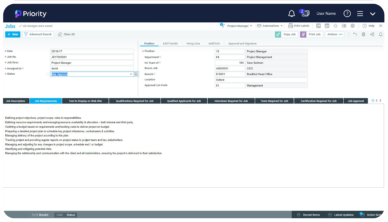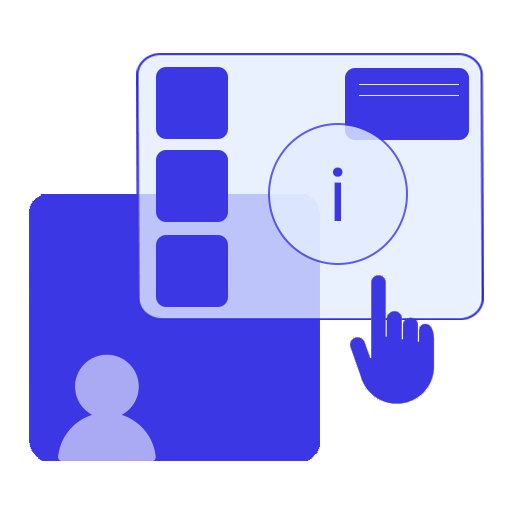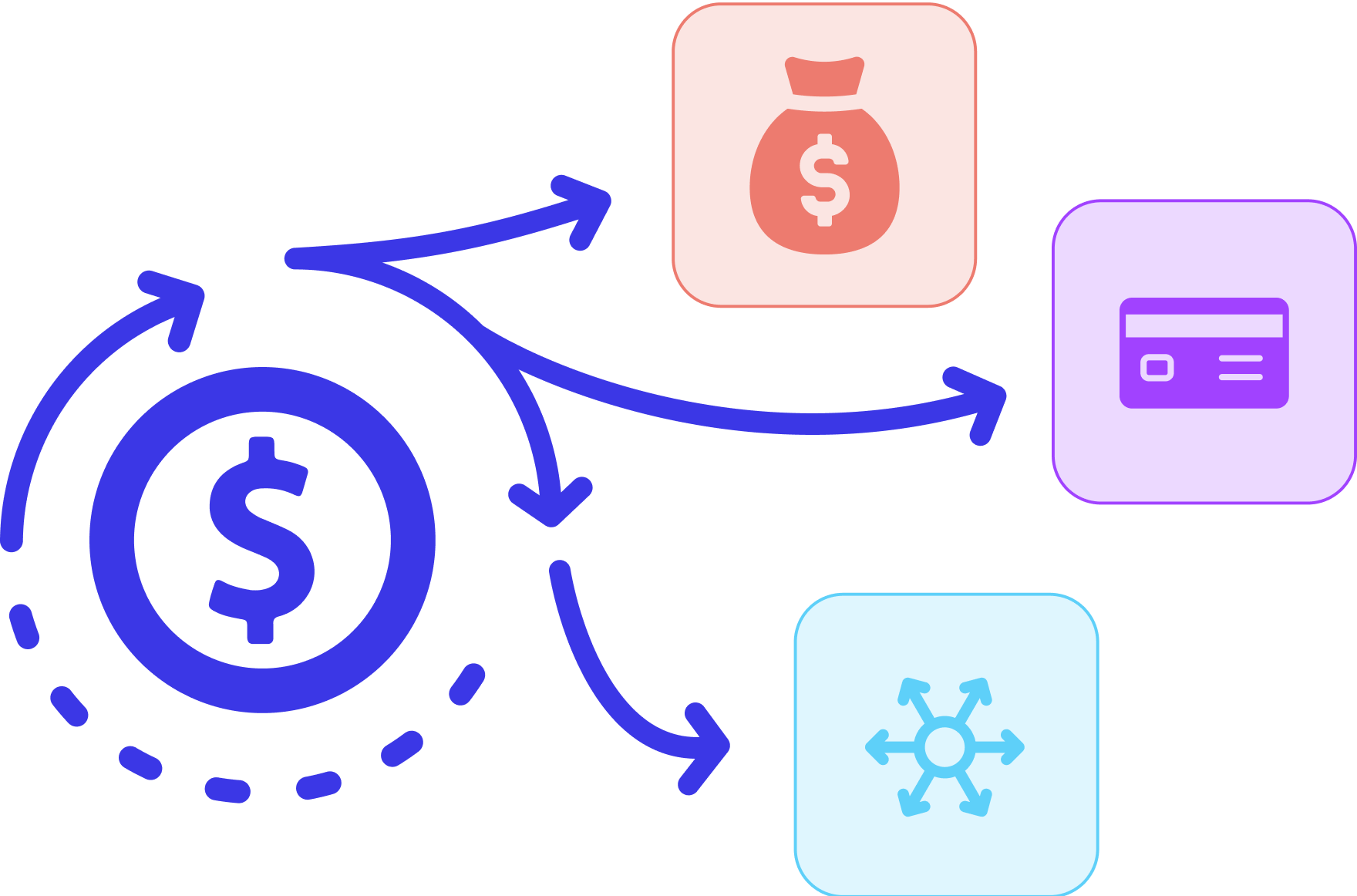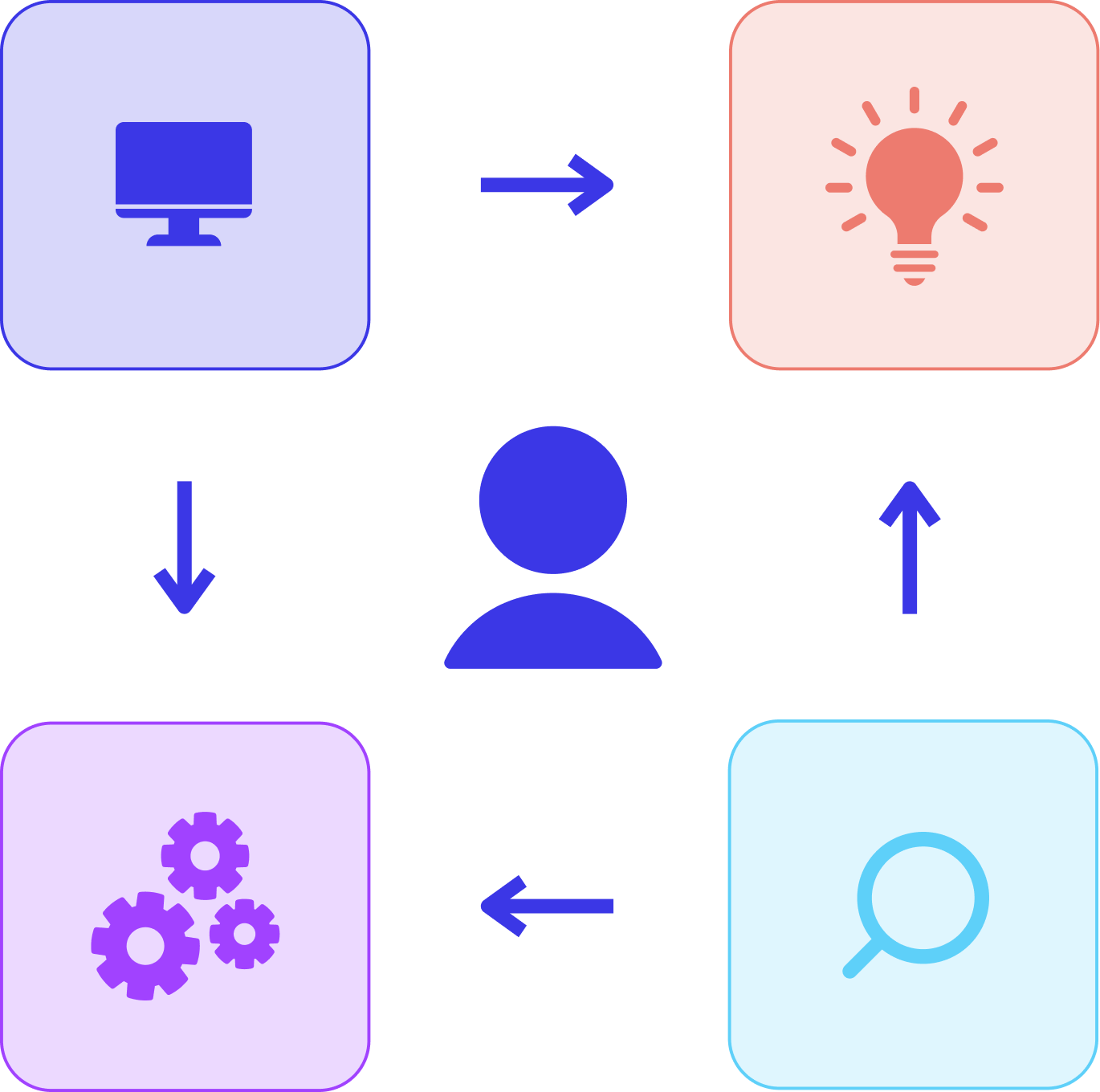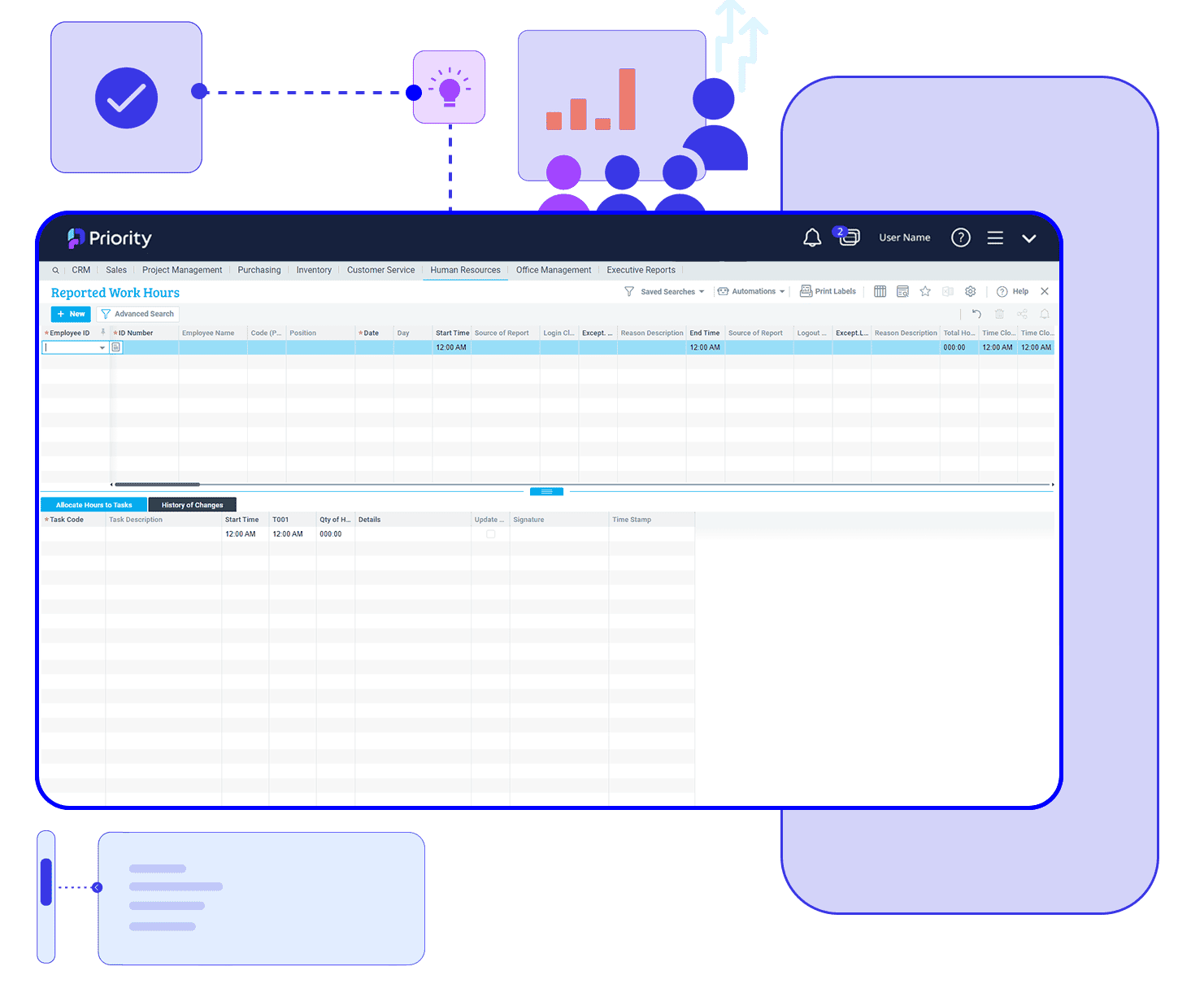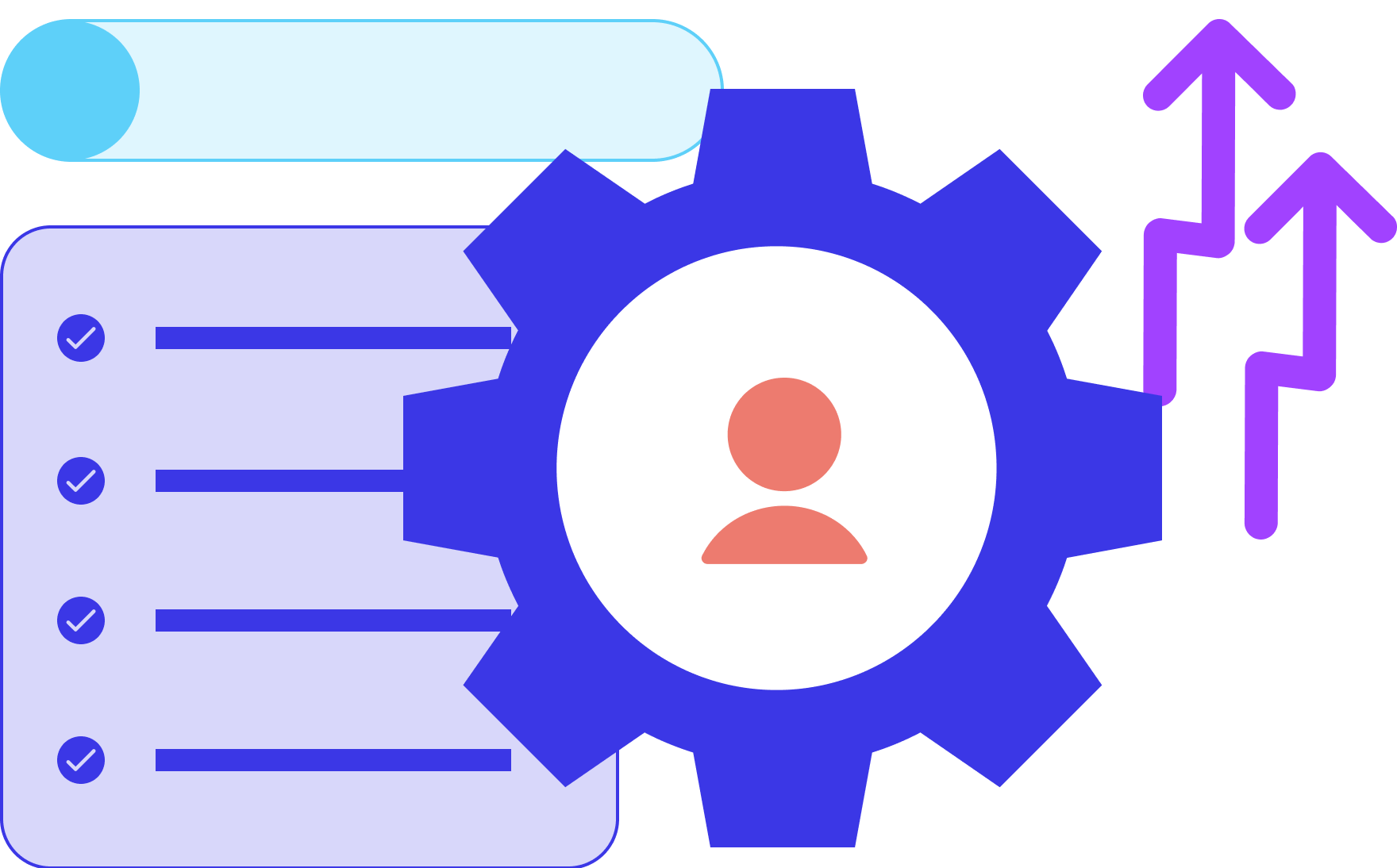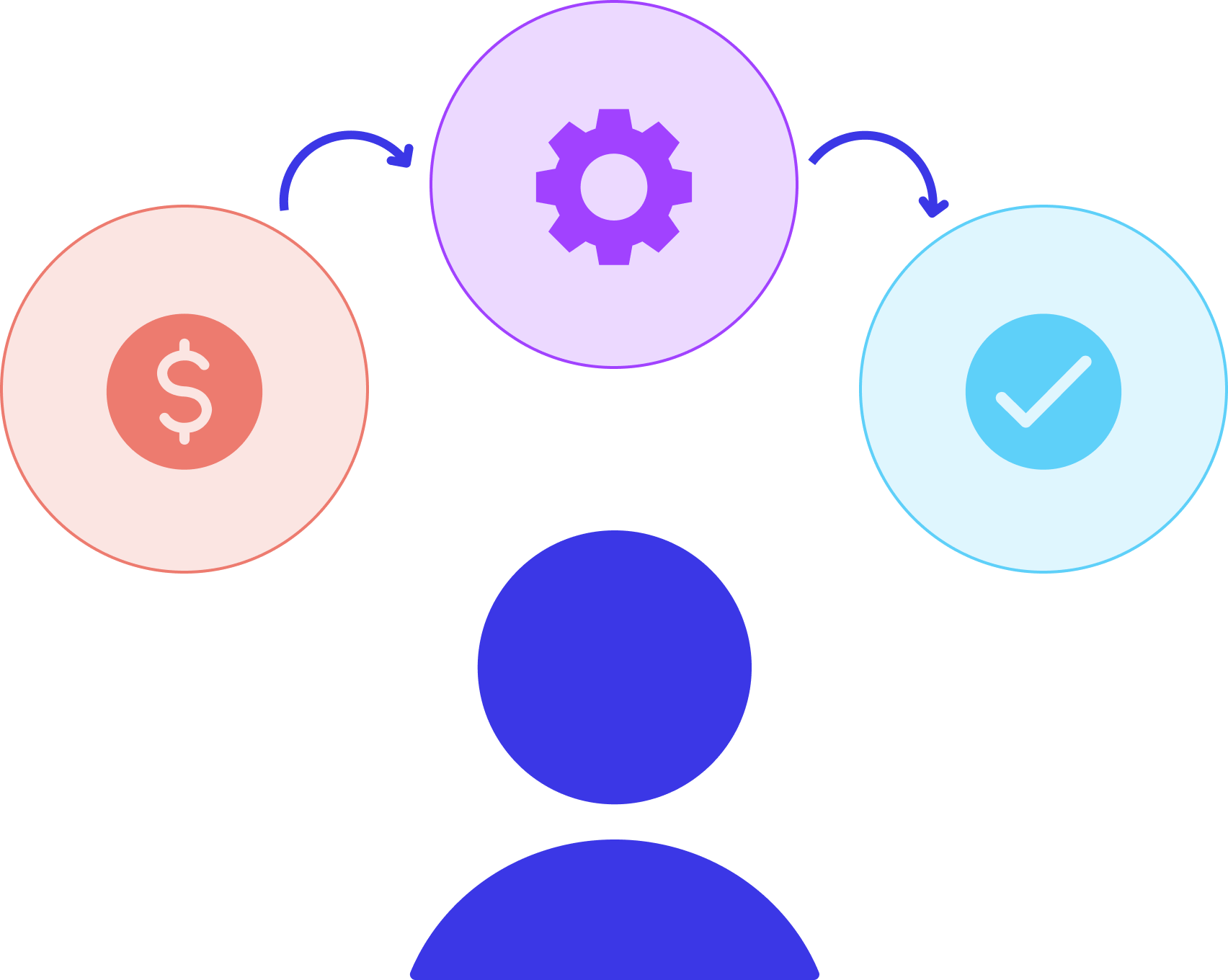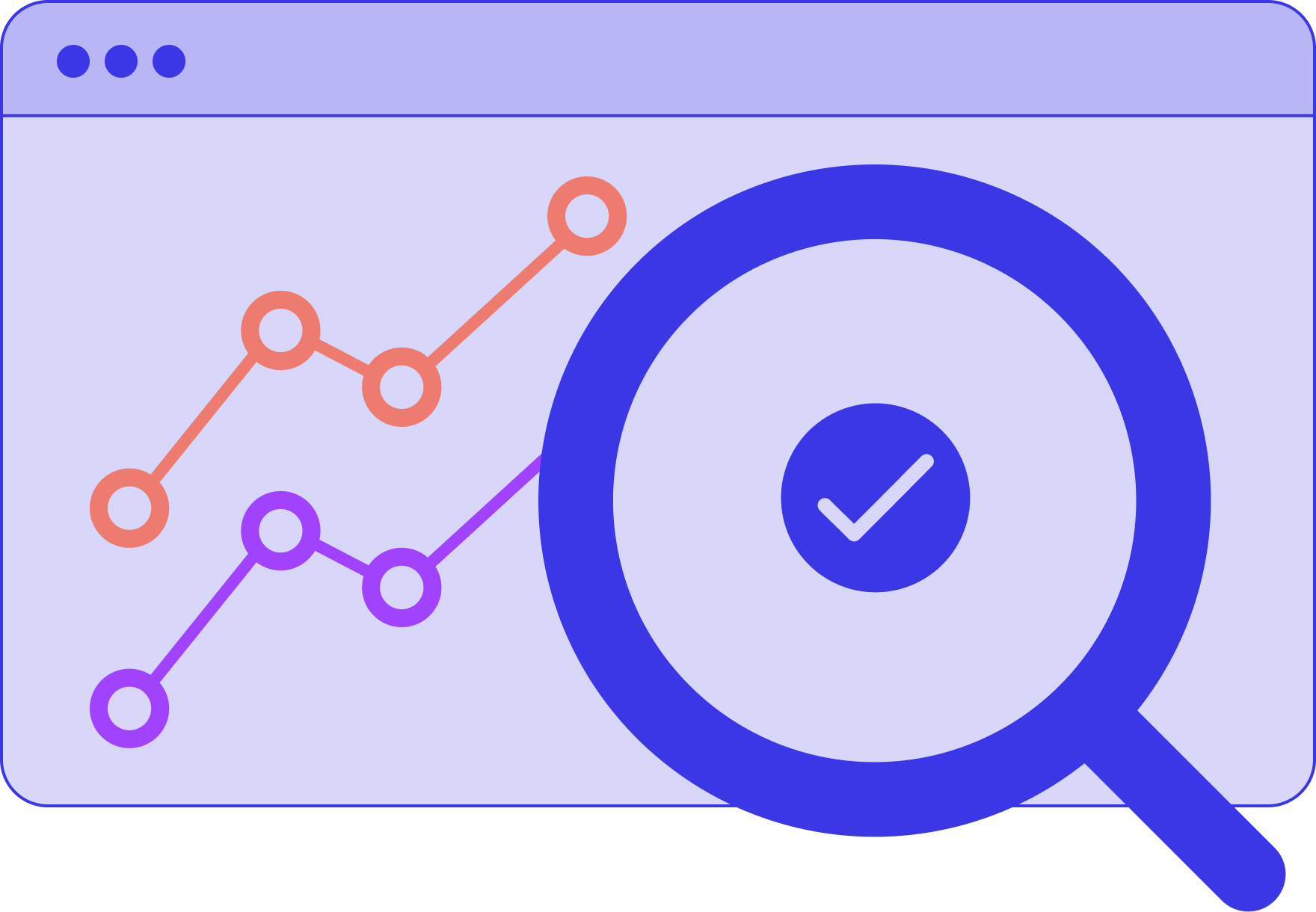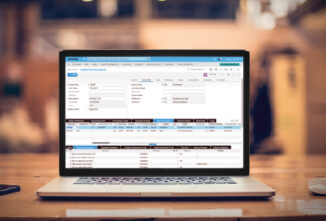Automate, regulate and centralize HR processes
Upgrade your HR operations and optimize your employees’ experience with Priority’s human resource management ERP software. Priority’s HRM solution allows you to streamline HR processes and manage the entire employee lifecycle. With real-time analytics and customizable workflow automation, you can unlock the full potential of your workforce and connect the business to its most important asset–employees.
See how Priority works for you.
Key features
Role-based access
Advanced role-based security enables company executives, managers, supervisors, and employees to access predefined areas of the HR management module, support necessary staffing, view up-to-date team/employee records, and other organizational needs. The HR management module provides organizations with a holistic workforce view. HR and other managers can easily visualize the organization’s headcount, growth, and turnover trends, segmented by departments, locations, employee class, and subsidiaries, and apply filters to view specific groups of employees
Time and attendance
Incorporate built-in connectivity to the Time and Attendance module for a complete solution to track real-time attendance, sick leave, and vacation reporting. With time clock management and a secure mobile app, employees can easily report hours worked in real time in a database that updates the payroll system
Powerful platform capabilities
- As a flexible and open ERP platform, companies can grow with Priority, quickly adapting to evolving business needs and seamlessly integrating the platform with other business management systems such as payroll and recruitment systems.
- Mobile solution
- Priority’s AI-based recommendations personalize the workspace according to user habits and an Automation Hub offers various automations, from auto-filling data to automatic business rules, streamlining work processes, and reducing errors.
Case Studies
FAQ’s
Is HR ERP the same as a HCM system?
HR ERP (Human Resources Enterprise Resource Planning) and HCM (Human Capital Management) systems are related but not the same. HR ERP refers to the HR module within an integrated ERP system that manages various HR functions like payroll, benefits administration, time and attendance, and employee records as part of a broader suite of business functions. On the other hand, HCM systems are standalone software solutions specifically designed to comprehensively manage the entire lifecycle of an organization's workforce, covering aspects like recruitment, talent management, performance management, learning and development, and employee engagement. While both systems handle HR-related tasks, HCM offers a more specialized and in-depth focus on strategic human resource management, whereas HR ERP is integrated within a broader business management platform, which may include other modules like finance, supply chain, and sales.
Can HR ERP handle the needs of large organizations with a diverse workforce?
Yes, HR ERP systems are designed to handle the needs of large organizations with a diverse workforce. These systems are scalable and can accommodate a significant number of employees and complex HR processes. HR ERP provides the tools and functionalities required to manage diverse HR tasks such as payroll, benefits administration, employee records, performance management, and time and attendance tracking for a large and diverse employee base. Additionally, HR ERP can support multi-country and multi-language capabilities, enabling global organizations to manage HR operations across different locations and comply with diverse labor laws and regulations. The system's comprehensive features and integration with other business functions make it well-suited for large organizations with complex HR requirements, ensuring streamlined HR processes, improved workforce management, and enhanced HR decision-making capabilities.
Can HR ERP assist in talent acquisition and recruitment processes?
Yes, HR ERP can assist in talent acquisition and recruitment processes. These systems offer dedicated modules or functionalities to streamline and automate various aspects of recruitment, from job posting and candidate sourcing to applicant tracking and interview scheduling. HR ERP allows organizations to create and manage job postings, track candidate applications, and store applicant data in a centralized database. It also facilitates collaboration among recruitment teams, enabling seamless communication and feedback sharing. Additionally, HR ERP may integrate with job boards and social media platforms to enhance candidate sourcing efforts. By providing a systematic and efficient approach to talent acquisition, HR ERP can significantly improve the recruitment process, attract top talent, and help organizations build a strong and capable workforce.
Can HR ERP integrate with other HR software or performance evaluation tools?
Yes, HR ERP systems are often designed to integrate with other HR software and performance evaluation tools. These integrations enable seamless data exchange and collaboration between different HR systems, ensuring a comprehensive and streamlined approach to human resource management. HR ERP can integrate with performance evaluation tools to gather and analyze performance data, providing insights for talent development and performance appraisals. It can also integrate with learning management systems (LMS) to track employee training and development activities. Additionally, HR ERP may integrate with payroll software to ensure accurate and timely processing of employee compensation and benefits. These integrations optimize HR processes, eliminate data silos, and provide a holistic view of employee data and performance, enhancing overall HR efficiency and decision-making.
What measures are in place to protect sensitive employee data?
To protect sensitive employee data, HR ERP systems implement various security measures. These measures include role-based access control, where users are granted access to specific data based on their roles and responsibilities within the organization. Data encryption is employed to safeguard sensitive information during transmission and storage. The use of multi-factor authentication adds an extra layer of security to ensure that only authorized individuals can access employee data. Regular security audits, updates, and patches help address potential vulnerabilities and strengthen the system's defenses against cyber threats. Physical security measures may also be in place to protect servers and data centers housing employee data. These security measures collectively contribute to maintaining the confidentiality, integrity, and availability of sensitive employee information and ensure compliance with data protection regulations, building employee trust in the HR ERP system.
Can HR ERP support global HR operations and multiple language requirements?
Yes, HR ERP systems are designed to support global HR operations and multiple language requirements. These systems offer features that can accommodate the complexities of managing a diverse and international workforce. HR ERP allows organizations to define and configure HR processes, forms, and documents in multiple languages, making it accessible and user-friendly for employees in different regions. The system's multi-country and multi-currency capabilities enable organizations to comply with diverse labor laws, regulations, and payroll requirements across various countries. HR ERP can also handle global employee data, including local tax information, work permits, and other compliance-related data. With its multi-language support and global HR capabilities, HR ERP ensures seamless HR operations and facilitates effective HR management in a multinational and multilingual environment.

